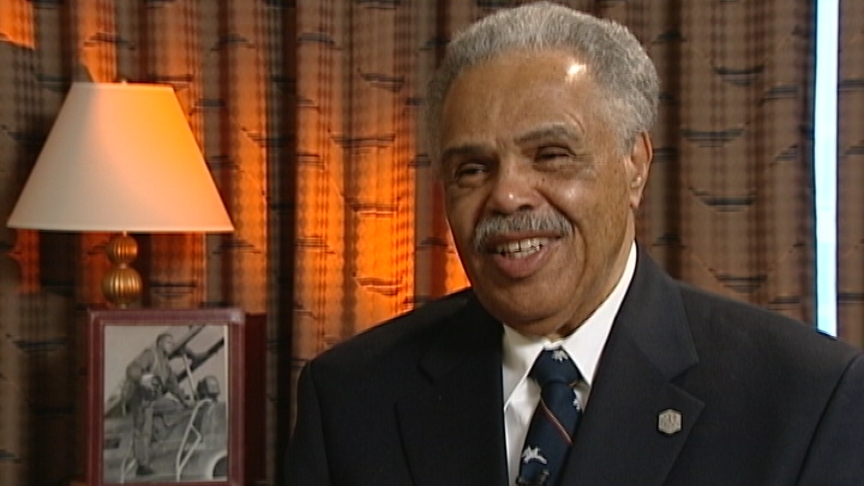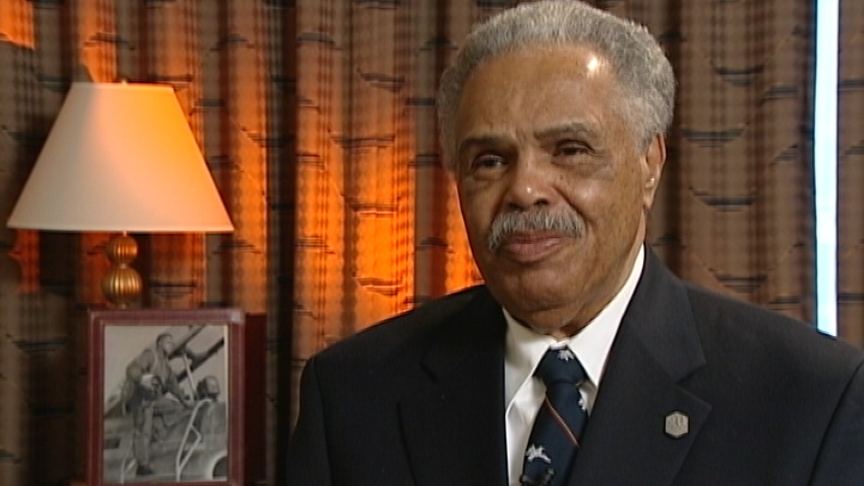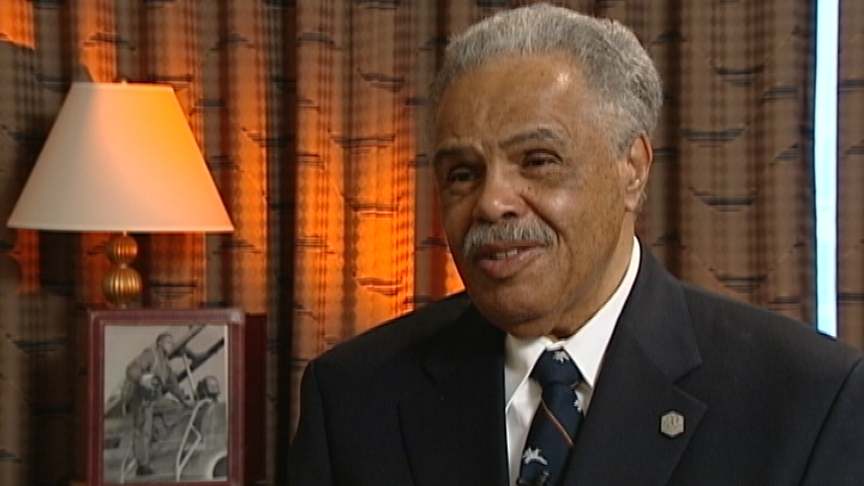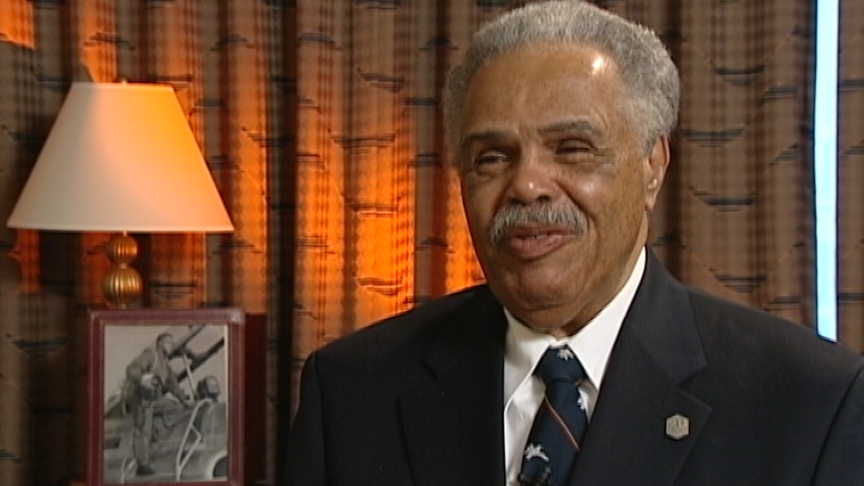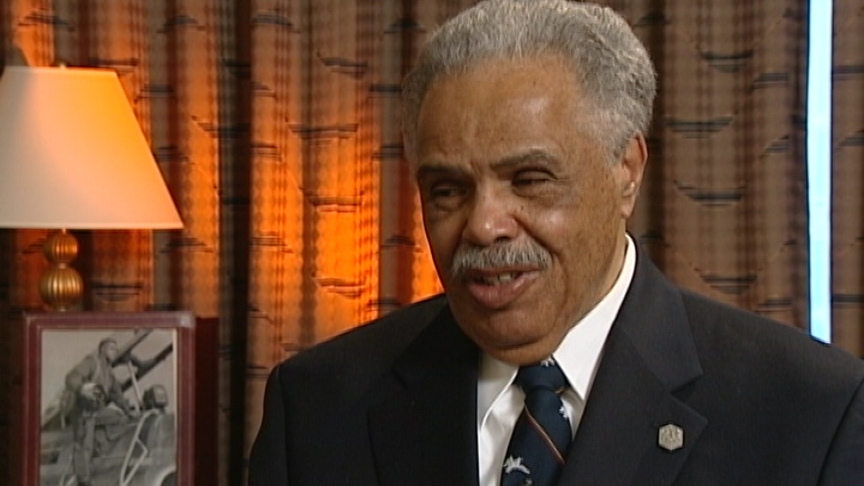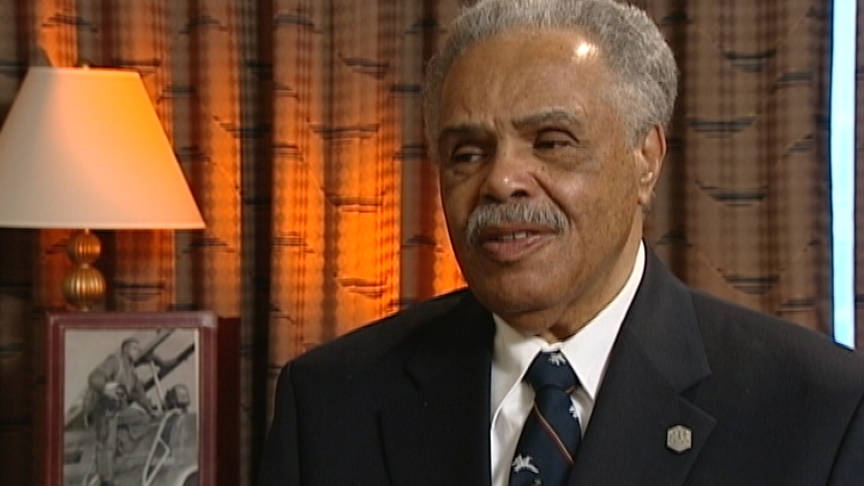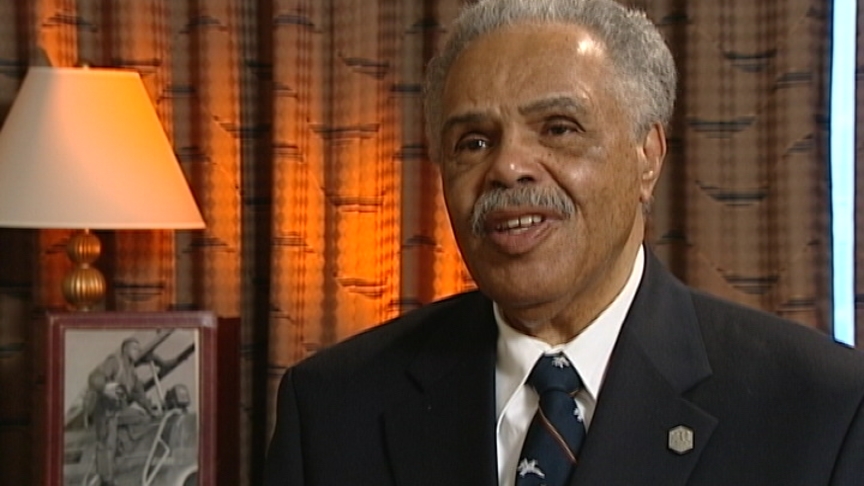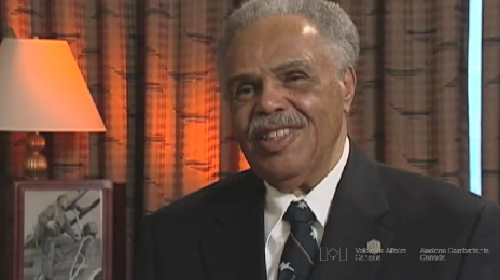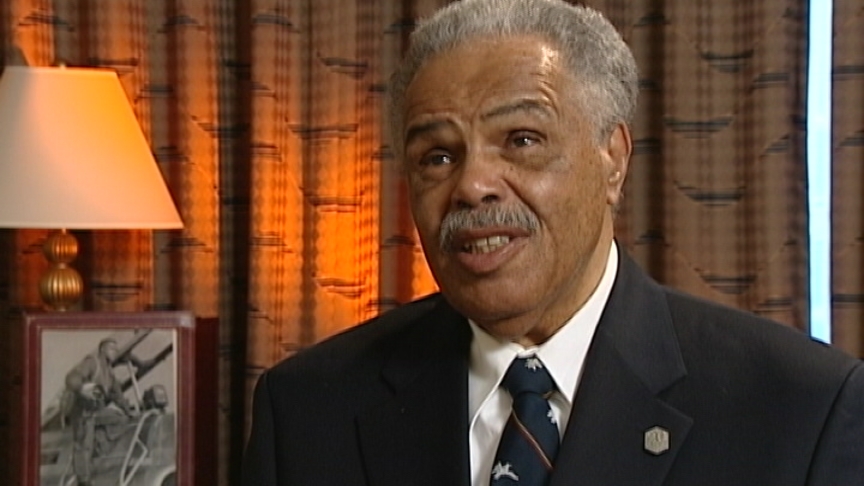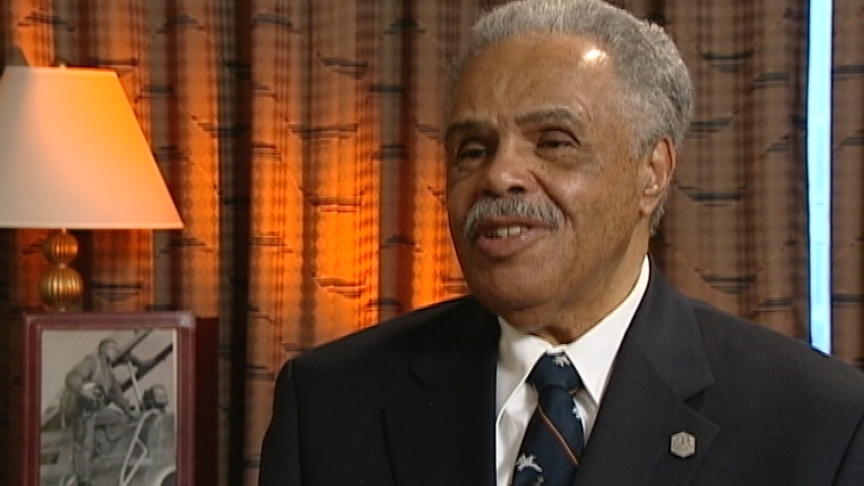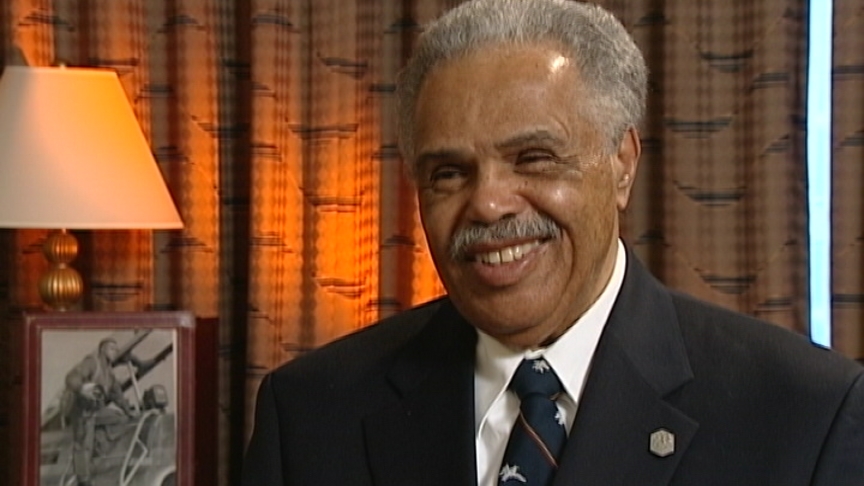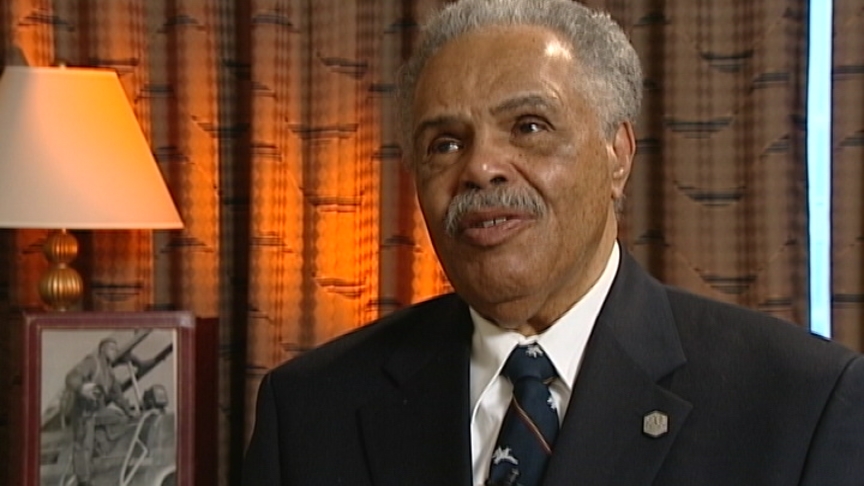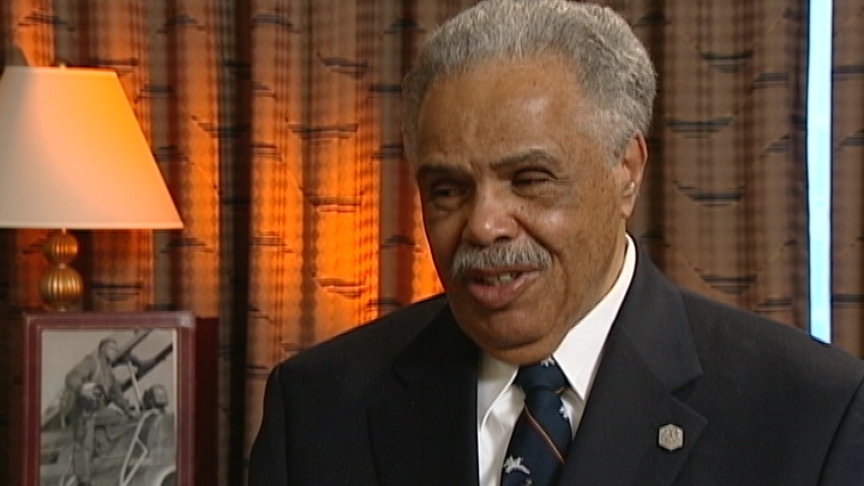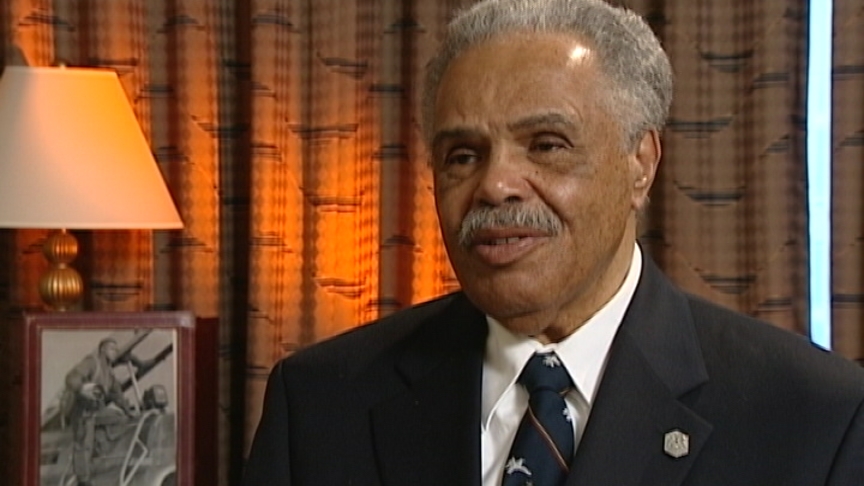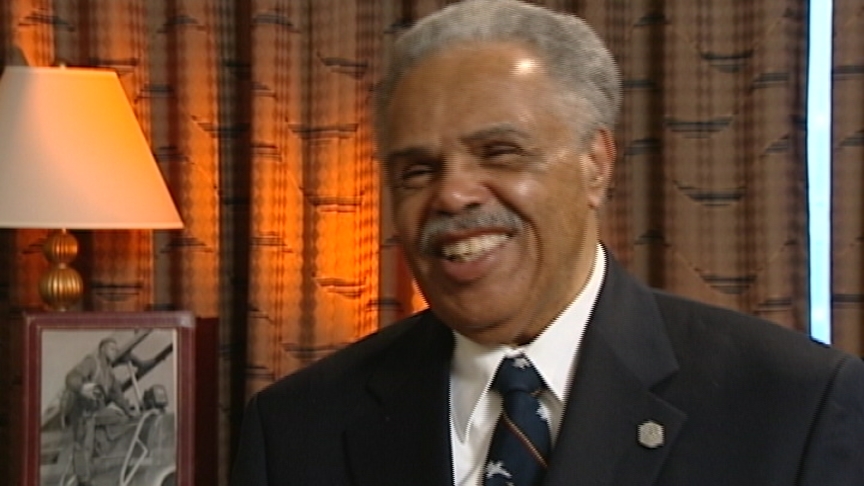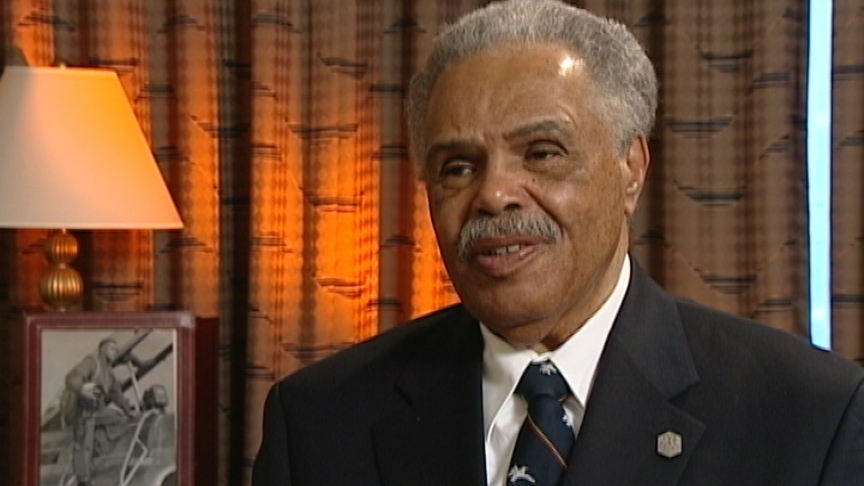Having been operational for quite some time, the squadron was
moving and some people, I’d been on the squadron for three
years which was a normal tour in those days and we knew that
some of the people on the squadron were going to get
transferred. So one of the things I said,
“I don’t want to do a ground tour,
I want to continue flying,” and they said, “Well, we’ll see what
we can do.” And I remember that when the squadron was moving
they said, “Okay, you’re not going to a ground tour.”
“Great!” “You’re going to be an instructor.” That was almost
worse than the ground tour, and after the initial,
I guess, not wanting to be an instructor, settled in because
that was what I was going to be doing and got my instructor
categories and went off to become an instructor in Moose Jaw.
I was able to persuade them that I should be an instructor
on T-Birds versus Tutor because the T-Bird, once again
was sort of, it was sort of a selfish reason.
The T-Bird had a much longer range and was faster than the Tutor.
So if you wanted to go anywhere you could get in the T-Bird
and go in half the time it took for the Tutor because you had
less hops. So I did wind up going on the T-Bird.
It turns out that that was probably one of the most credible
tours I had. When you became an instructor, in order to
demonstrate to a student, you had to be able to do it exactly
as it was written about in the book. That meant that if
you were going to do a loop and you said that you start the
loop at 350 knots and you come out the bottom at 350 knots
you had to be able to do that and do it consistently.
So what it taught you to do was that you had to be able to fly
the air craft by the numbers and this stood me in good stead
because what I found initially was that the faster the air
craft went, the easier they were to fly and they were engineered
that way because when you’re going at that rate,
you don’t have a chance to be fighting the air craft flying.
You have to fly it and the air craft has to help you along
the way. So I became an instructor, went to Moose Jaw on
the T-Bird and quickly found out that there were a number of
things that one had to do. You were always getting checked
for your category as an instructor. You were always
being checked for your instrument rating, you had to write exams
and ride an instrument ride once a year. So the first thing
I set about was to work through the category system and
you start out as what they call Provisional C and then you
became the master of the instructors when you became
an A-1 and that was the god amongst instructors.
So my first aim was, I also found out that when you became an
A-1, you didn’t have to do anymore cat runs and I didn’t
particularly like tests or rides so from that point of view I
was not that energetic and I thought, that’s one thing I can
eliminate so I worked hard and got an A-1 in record time.
I was an A-1 and just, you had to put in a year before you
could get an A-1 and I got mine in a year and a day.



